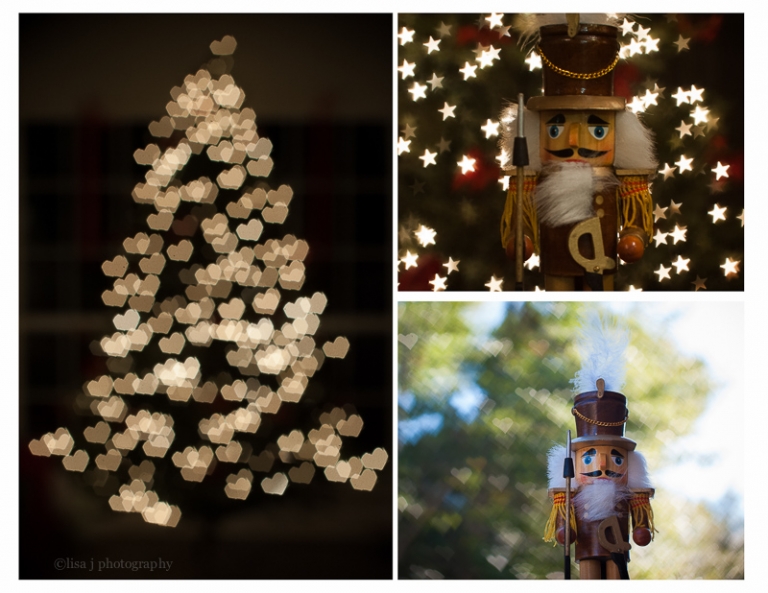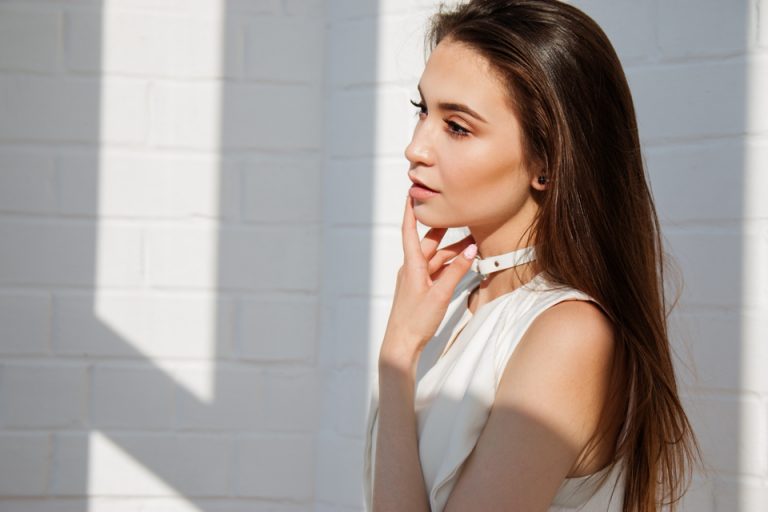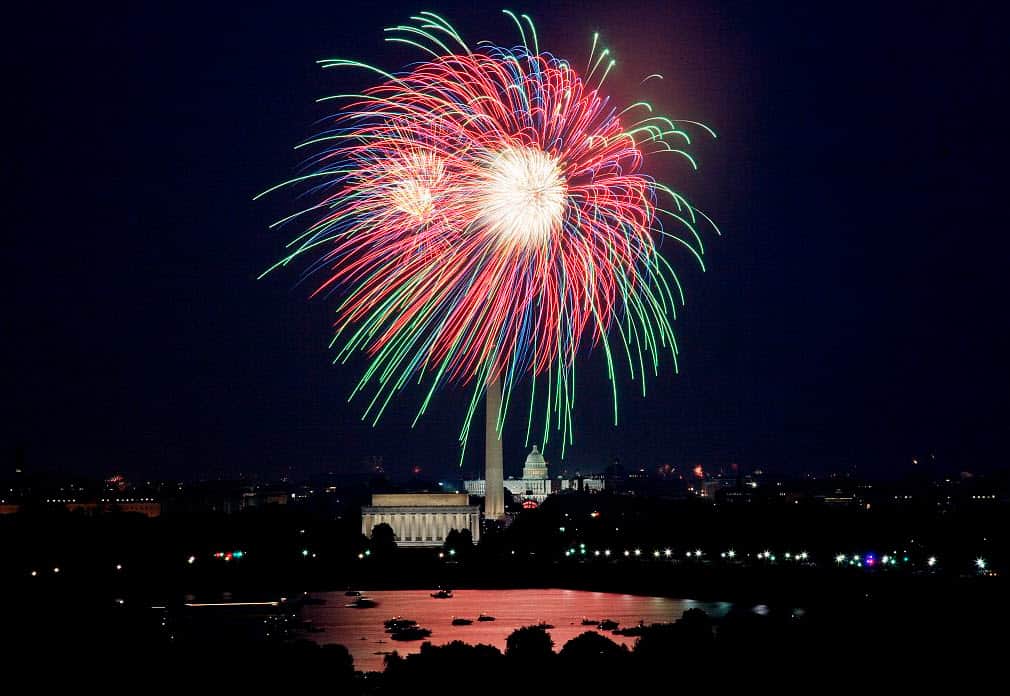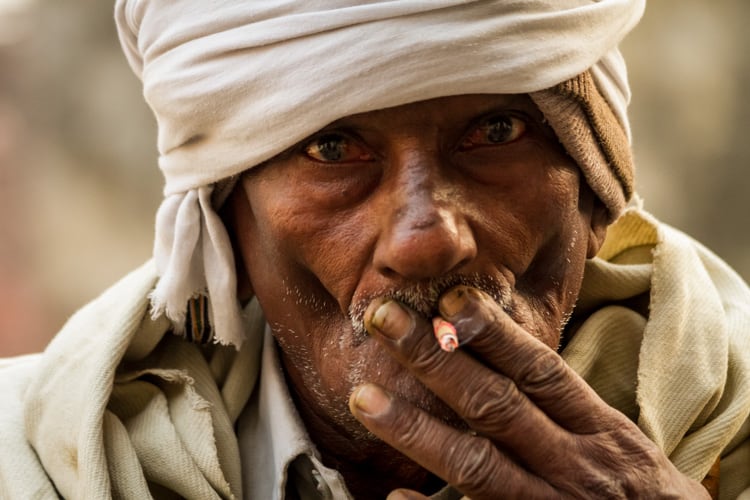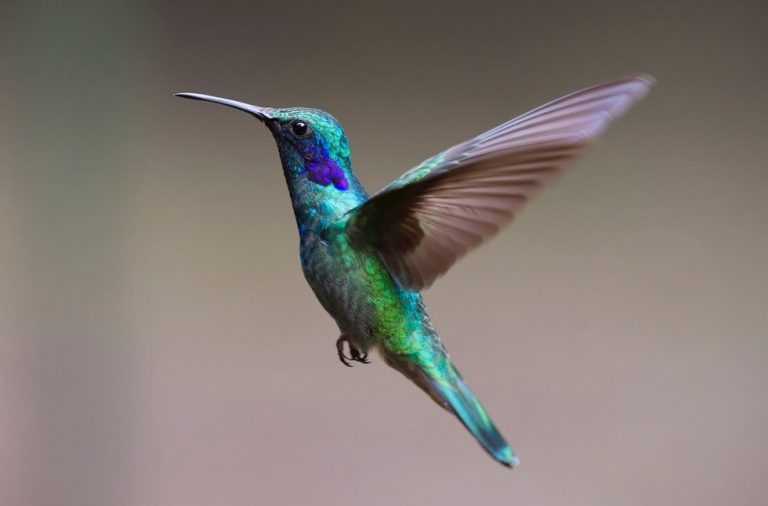What would you do if a client asked you to capture some last photos of their dying family member? Perhaps you’ve thought about joining an organization that captures the last memories a parent has with their still born baby. We’ll share our tips for how to approach bereavement photography with empathy, respect, and dignity.
Bereavement photography might be one of the hardest forms of photography, emotionally that is. Not only are you expected to capture your usual set of beautiful memories, you need to try your best to keep your composure during one of the saddest moments of another person’s life. Empathy, clear communication, respectfulness, and composure are all key to successfully navigating this photography niche.
How to interact with bereavement photography clients
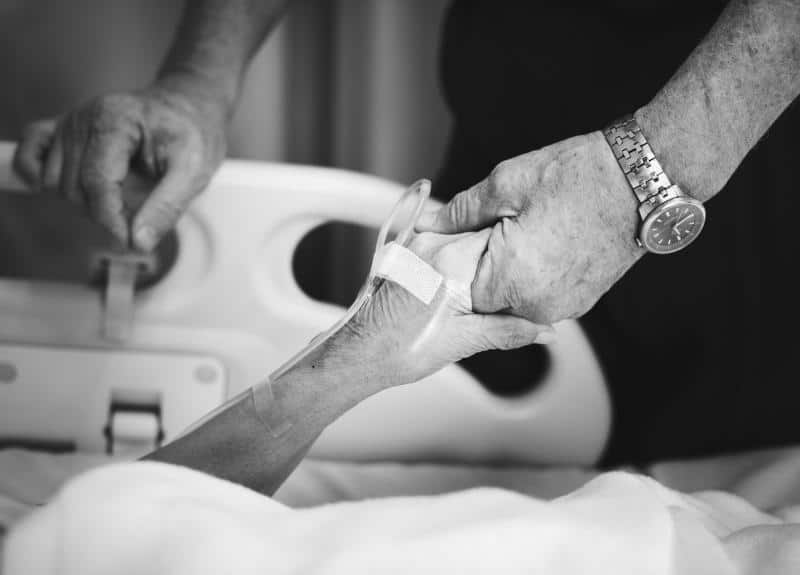
First and foremost, empathy will be your biggest tool before, after, and during end of life, still born and funeral photo sessions. Your client is grieving, so showing you care and that you feel sadness on their behalf goes a long way to making them feel more comfortable around you. If you take all the emotion out of the interactions with your client you will look like a robot without feelings, or that you’re just there for a paycheque. On the flip side, you also don’t want to overshare any grief that may be triggered by a death in your client’s life. More on this later.
It is best to keep correspondence with your bereavement photography client semi formal. Send sincere condolences to your client over the approaching end of life (or death) of their family member or friend. But don’t try to turn the conversation to your experiences with death because it may appear as if you’re looking for sympathy or attention. This is a time when you should be the one showing sympathy, not them. Written conversations between you and your client should be free from emojis, LOLs, and spelling mistakes. The first two convey a lack of seriousness, while the latter shows you couldn’t be bothered to take the time to properly respond.
Clear communication with your client is key. Ask them if they have any preconceived ideas on what to capture during their bereavement photography session. Do they want the focus on the person who has passed away (or soon will), or do they want to focus on the mourners? Do they want lots of detail photos of the surroundings and person’s life on photo day? Be gentle with your client if they’re not getting back to you, they might be distracted with other preparations.
How to photograph death respectfully
In most bereavement photography sessions, keeping yourself in the background and unnoticed is preferable. This means silent shutter, telephoto lenses, and no flash. Keep a respectful distance from mourners so as not to make them uncomfortable. Turnaround time should be quick especially for still born and end of life photography, as the family may want to use your photos for a funeral service. Edit the photos to your own personal style, but consider these images may have greater impact in black and white.
End of life / Palliative Care Photography
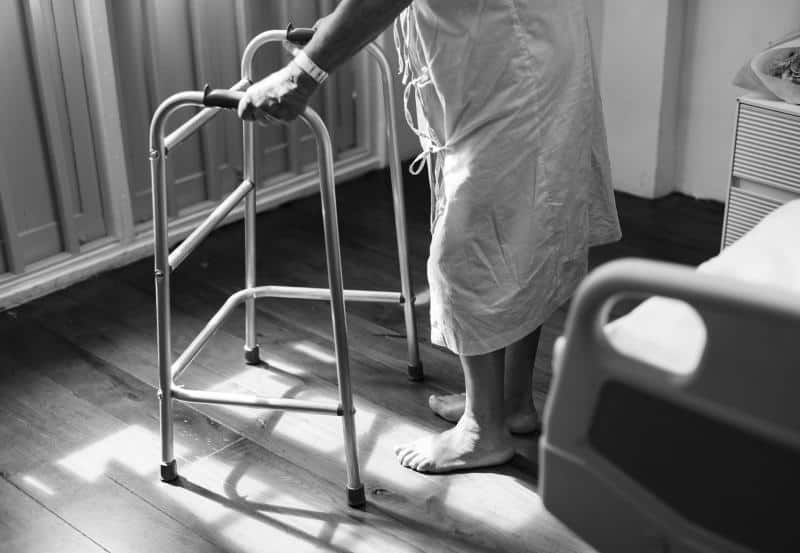
End of life photography is incredibly special as you get to capture some of the last moments family and friends have with a loved one. Your first thought might be that the terminally ill patient is elderly, however sometimes you might find yourself photographing a child or a young parent.
This type of photography can be somewhat tricky, as terminally ill subject and elderly are often not mobile. They may be confined to a hospital bed or chair the entire session. Taking lots of close up shots should help mostly hide the hospital bed. Focus on moments like hugs, shoulder pats, holding hands and other signs of affection. Capture the facial expressions of both the dying and their friends and family. This includes the happy moments. End of life photo sessions might not all be sad. Your group may reminisce on happier times and funny anecdotes. It is just as important to capture the smiles as this would be representative of past times they spent together. Try to incorporate special items like their life’s legacy or beloved pets in the photos.
With end of life bereavement photography, you might be able to get away with using flash in darker rooms. Make sure to check with your client to see if this will bother them, but try to minimize the number of photos that require flash. Using prime lenses with large apertures will come especially in handy to capture photos in darker rooms. Even with a high aperture lens, natural lighting will be your best friend. Get all attending visitors and family on board with photographs, as you don’t want to anger anyone that doesn’t want their photo taken. Please set and respect guests limits by not taking photos of them crying uncontrollably.
Still Born Photography
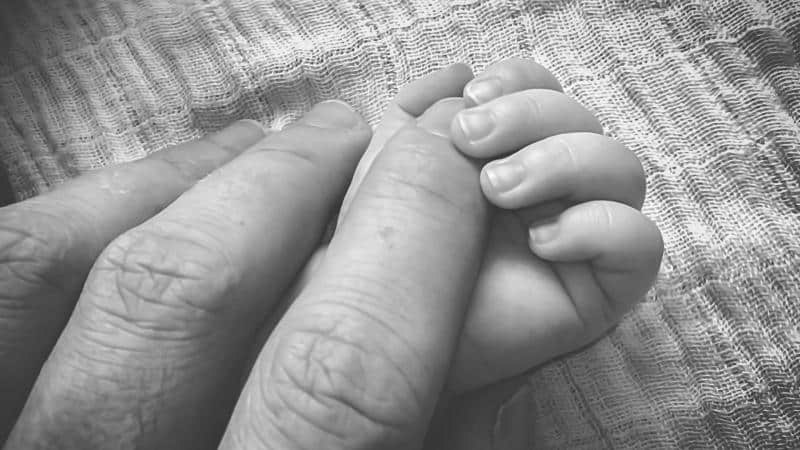
No one kind of grief is worse than another, however losing a child before or during birth can be devastating in an entirely different way. Like other types of bereavement photography, still born photography isn’t for everyone. For those families that choose to use a still born photographer’s services, they quickly come to cherish those few memories they have with the baby. Be sure to communicate with the parents on what to expect during a photo session and what types of photos you plan on taking. This way they’re not caught off guard when you come in for a close up photo of the baby. If there is a shot the parents decline, even if it is a spur of the moment decision, respect their wishes.
You can take on a documentary style of photographing, where you capture anything from the nurses station and signs pointing to the maternity ward (if in a hospital) to the family saying goodbye to their baby. You can also choose a more posed photography style, where you pose the baby. Here you essentially do a mini photo session of the baby wrapped in special blankets and a special outfit the parents bought for baby. Capture the babies hands and feet, the parent’s kissing and hugging the baby, the parents wedding rings, and pieces of clothing for the baby. Capture anything that tells the parents journey and baby’s legacy.
Funeral Photography
It is perhaps the most important that you stay in the background and relatively unnoticed during funeral bereavement photography. This means flash must not be used as it will attract attention to you. Your clothing should blend in with the mourners. This might mean all white or dark clothing depending on the religion. Talk to your client before the ceremony so you know what to expect.
Many of the attending patrons might not have been informed that there would be a photographer at the funeral. So getting close to them to take a portrait or candid shot while they are visibly upset will make them highly uncomfortable. Bring a telephoto lens so you can discreetly take photos of the guests while you are across the room. If outdoors, trees provide good cover to take photos while staying somewhat hidden.
Capture photos of the guests paying their respects, the memorial, the internment or viewing, the ceremony and eulogies, as well as the burial. Different ceremonies and religions will have different rituals and events in a funeral. If the ceremony is open casket, take a photo of the deceased from a respectful distance away if requested. Funeral can double as a family reunion as many family members may not have seen each other for years. Ask your client if they would like a group shot after the ceremony or burial to capture the importance of the reunion.
Death can trigger your own grief
Bereavement photography can bring up so many mixed emotions for you, the photographer. Photographing dying or deceased subjects may bring up memories of death in your own family. Grief at losing your own loved one can come back at any time, even years after the person passed away. So it is natural that being around strangers that are dying or grieving might trigger those feelings in you.
Even if you haven’t personally lost a family member or friend, another person’s grief and memories of a lost one can be enough to make you want to cry. Your client might be sharing the ways the person made a difference to the community, to their friends, and to their family. The could be sharing special stories of what fun that person was to be around and how special they made everyone else feel. You can feel how much they miss their loved one already.
Unless you know the dying or deceased subject personally, don’t cry at a photo session you’ve been hired for. Crying may prevent you from thinking about and capturing your shots clearly, and may look unprofessional. Clients grieve in different ways, none being right or wrong. Your client’s grief may present as annoyance towards you if you do cry. Some people may feel it is wrong for you to show more emotion than them since you never knew the person that passed away. Others may be touched that despite you never knowing the person that passed away, you care about them enough to be moved to tears. To be on the safe side, don’t show more emotion than your client. Compose yourself well so that you’re not crying at a bereavement photography session
Tips to keep your composure
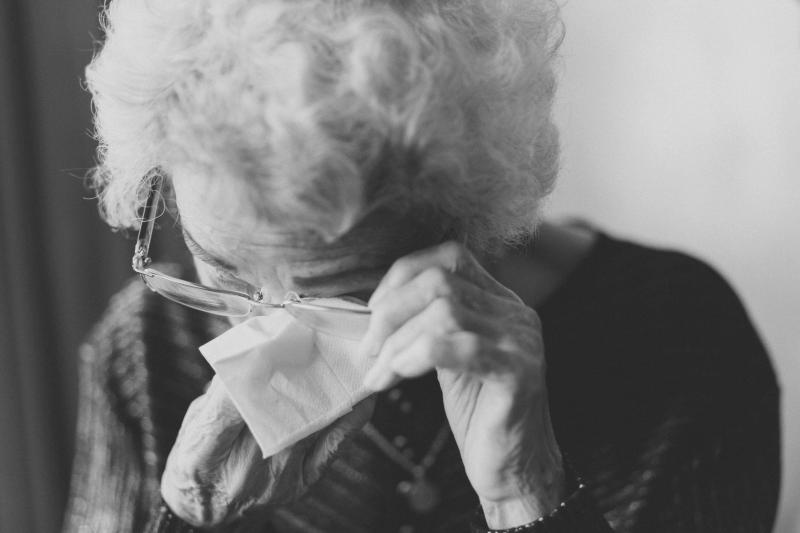
There are a few ways to keep yourself from crying while around grieving people
- Hear, but don’t listen to what your clients are saying about their loved one
- Step away from your clients to capture some detail shots of the environment
- Redirect your thoughts to something else
- Run through the shots you have planned in your head
- The technical aspects of the shots you will take next (composition, lighting etc)
- The next lens you want to purchase
- What chores need to be done at home
- The conversation you need to have with your child’s teachers etc
What to do if you lose your composure
It happens to the best of us, sometimes what we see and hear breaks our composure. It is important to remember that the sorrow you feel during these sessions is real and important. Don’t let anyone tell you your feelings are wrong, but try to keep it compartmentalized. If you begin to tear up and feel you might not be able to control it, excuse yourself from the room for a moment. Take a deep couple of breaths outside and redirect your thoughts. Keep your break brief. Once you wipe away those tears, re-enter the room with a little clearer head.
Once you’re in your car or at home, allow yourself to process the feelings you set aside earlier. Keeping your grief bottled up isn’t good for you, so acknowledge that you felt sadness before and that it was okay to be sad. Cry and sob or yell if you need to. Just practice self care so that you’re at your best emotionally for your next session.
Social Media Etiquette
For those that feel strong and composed enough to make bereavement photography their career, the desire to share your work is as valid as any other kind of photography. However this subject needs to be broached with utmost care and respect with your client. Try to speak with them between cycles of grief, while they are calm. If they choose not to have photos of their loved one shared on the internet, respect their wishes. You can also find clients by approaching a local hospital and presenting your services to them. They can pass the information on to the right patients.
While asking for their permission, be tactful with your request. Offer to let them review a photo or post before you make it public. When you have their permission, don’t just post a photo. Write a thoughtful message, a tribute, to that person’s life. The tribute will have as much impact as the photo will if it was well written. So find out as much as you can about the person during your photo session. If you took photos at a celebration of someone’s life, try to reflect that in your social media post by keeping it positive.
See the video below for some ideas on how to go about photographing a funeral.
What are your thoughts on bereavement photography? Did we miss something important? Share your own experiences and tips here.


